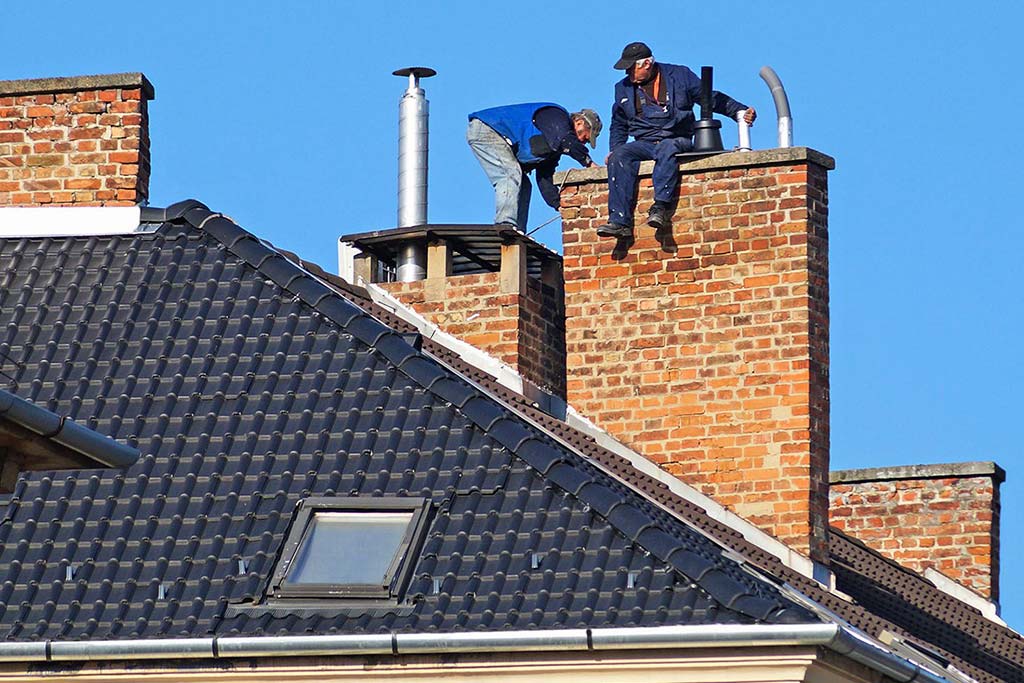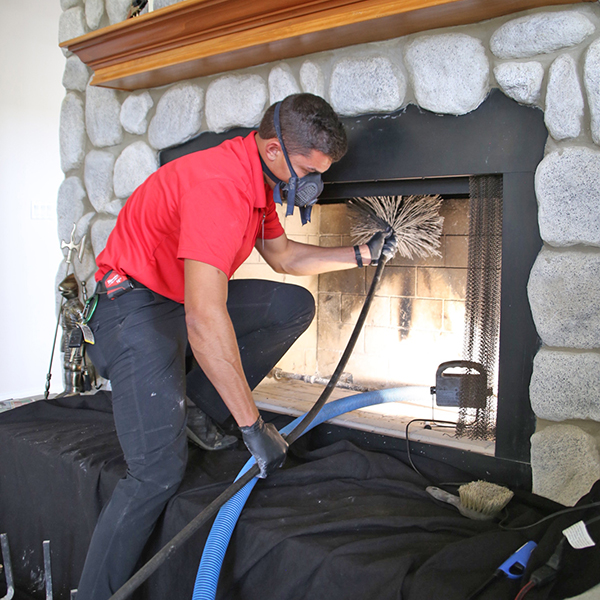san jose chimney repair: Just How to Find Very Early Indications of Chimney Damages
Exactly How to Identify Typical Concerns That Require Chimney Repair in your house
Recognizing common problems that demand smokeshaft repair in your home is critical for maintaining both security and effectiveness. Normal inspections can expose substantial indicators such as creosote accumulation, visible fractures, and indications of wetness breach. In addition, smells and draft problems frequently signal deeper problems that may not be promptly noticeable. Recognizing these caution indicators is essential for timely intervention, yet several homeowners overlook them. What are the specific steps one can require to guarantee their smokeshaft continues to be in optimum problem? The response may uncover more than you expect.

Signs of Creosote Build-up
One of one of the most vital indications of chimney issues is the accumulation of creosote, a result of wood combustion. This material kinds when smoke cools down and condenses on the wall surfaces of the smokeshaft, resulting in a thick, tar-like residue. Over time, creosote build-up can position significant security hazards, consisting of an increased threat of chimney fires.
Home owners ought to be vigilant in observing indications of creosote buildup. One main indication is the presence of a solid, poignant odor rising from the chimney or fireplace, especially throughout cooler months when the fire place is in use. san jose chimney repair. Additionally, dark, glossy deposits on the smokeshaft flue or in the firebox may indicate too much creosote buildup
It is suggested that an expert smokeshaft move conducts an annual evaluation to evaluate creosote degrees and carry out necessary cleansings. Attending to these indicators without delay is necessary to preserving a risk-free and effective chimney system.
Noticeable Cracks and Damage

Visible splits and damages in a smokeshaft can serve as significant warning indications of underlying structural concerns that may require immediate attention. These flaws can develop from different elements, including temperature variations, clearing up of the home, and deterioration of materials with time. It is important to assess both the interior and exterior of the smokeshaft for any kind of indications of fracturing, spalling, or crumbling stonework.
Hairline cracks may suggest minor settling, while larger fractures could indicate an extra major architectural concession. Property owners need to additionally be aware of any kind of leaning or turning of the chimney, as this can present security risks and suggest fundamental issues.
Normal assessments by a qualified professional can recognize these visible indications early, avoiding more considerable repairs down the line. If you discover any kind of splits or damages, it is advisable to speak with a smokeshaft professional who can examine the scenario and advise appropriate repair options (san jose chimney repair). Neglecting noticeable cracks can lead to increased prices and prospective risks in the future, highlighting the relevance of prompt intervention
Water Leaks and Wetness
Determining water leakages and wetness intrusion in a smokeshaft is vital for keeping the honesty of both the smokeshaft framework and the home. Water penetration can result in considerable damages with time, including structural wear and tear, mold and mildew growth, and endangered safety. Among the most common signs of moisture issues is the visibility of efflorescence, which shows up as white, fine-grained deposits on the smokeshaft's outside. This takes place when water vaporizes, leaving mineral salts.
Furthermore, home owners should inspect for indications of water spots on interior walls or ceilings near the chimney, as these may show leaks. Normal assessment of blinking, the material that secures the smokeshaft to the roof covering, is essential. Harmed or incorrectly mounted blinking can allow water to leak right into the chimney structure.
During hefty rainfall or snowmelt, take note of pooling water near the chimney base or on the roof. This can signify improper water drainage or obstructions that need to be addressed. Normal upkeep and prompt repair work are crucial in preventing moisture-related concerns, guaranteeing the chimney continues to be functional and safe for usage.
Undesirable Odors

Another prospective source of smell is animal intrusion. Birds, raccoons, or various other wild animals may nest in the smokeshaft, leading to the decay of natural materials, which generates foul smells. In such instances, it is critical to address the problem promptly to make certain both the security and convenience of your house.
Additionally, stationary air in a chimney can contribute to mildewy smells, often suggesting a lack of correct ventilation. Keeping sufficient airflow is vital to prevent these issues and guarantee the reliable procedure of your chimney system.
Regular examinations and cleaning look at these guys by an Continue expert can help identify and rectify these odor-related problems, protecting your home from future complications.
Poor Draft and Smoke Issues
A consistent bad draft in a smokeshaft can dramatically hinder the effective procedure of a fireplace or wood oven, leading to smoke-related problems that endanger indoor air quality. This problem typically leads to smoke rippling back right into the space, developing discomfort and potential wellness hazards for residents.
Several aspects can add to bad draft troubles. Clogs brought on by creosote accumulation, particles, or animal nests can prevent appropriate air movement, requiring smoke to turn around direction. Additionally, a poorly sized flue or chimney can hinder ventilation, making it hard for smoke to leave successfully.
Weather, such as strong winds or low climatic stress, can additionally impact smokeshaft efficiency, worsening draft concerns. Home owners might see signs like excessive smoke, sticking around odors, or problem starting fires.
It is important to address these issues promptly, as extended exposure to smoke can cause breathing problems and other health and wellness concerns. Routine smokeshaft evaluations and maintenance are vital to determine and fix poor draft problems. Consulting a specialist chimney sweeper can make certain extensive cleansing and analysis, recovering ideal performance to your chimney system and boosting the security of your home.
Conclusion
In recap, normal examination of chimneys is essential for recognizing typical concerns that necessitate fixing. Dealing with these problems proactively can enhance the safety and security and performance of the smokeshaft system, inevitably stopping extra extreme damage and ensuring optimal efficiency.